 UCV Reunion
UCV Reunion
Entry Type: Group - Starting with U
 UCV Reunion
UCV Reunion
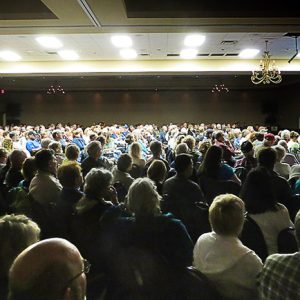 UFO Conference Attendees
UFO Conference Attendees
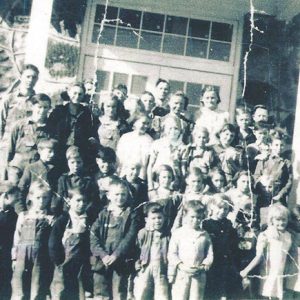 Union Hill School
Union Hill School
Union Labor Party
Unionists
Unitarian Universalists
United Confederate Veterans (UCV)
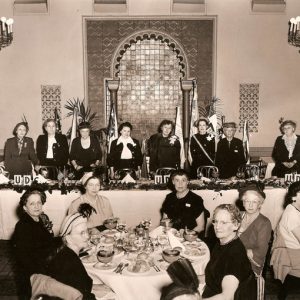 UDC Banquet
UDC Banquet
United Daughters of the Confederacy
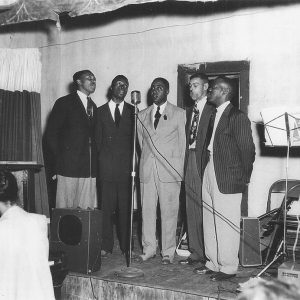 United Harmonizers
United Harmonizers
United Mine Workers of America (UMWA)
United Sons of Ham of America
aka: Sons of Ham
United States Representatives from Arkansas
United States Senators from Arkansas
Universal Negro Improvement Association (UNIA)
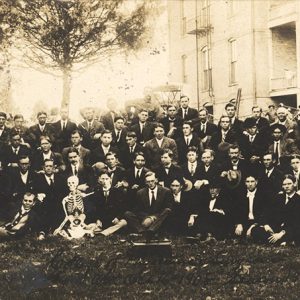 UAMS Students; 1908
UAMS Students; 1908
 UA Football Team
UA Football Team
Urban League
 USS Razorback Crew
USS Razorback Crew
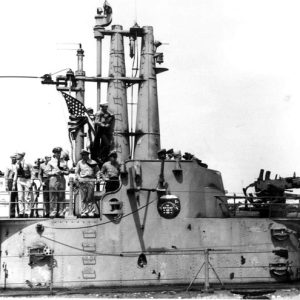 USS Razorback Officers and Crew
USS Razorback Officers and Crew




